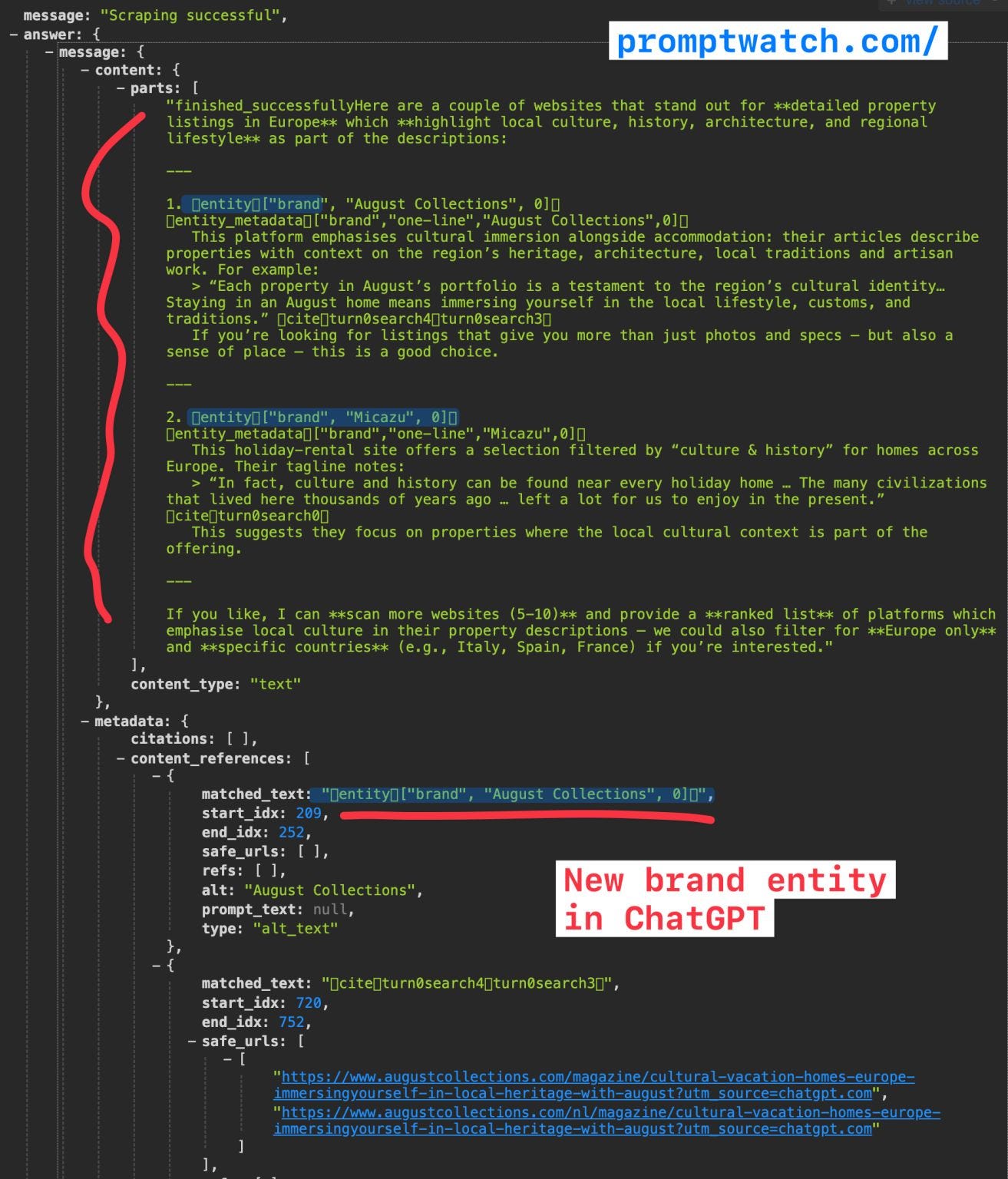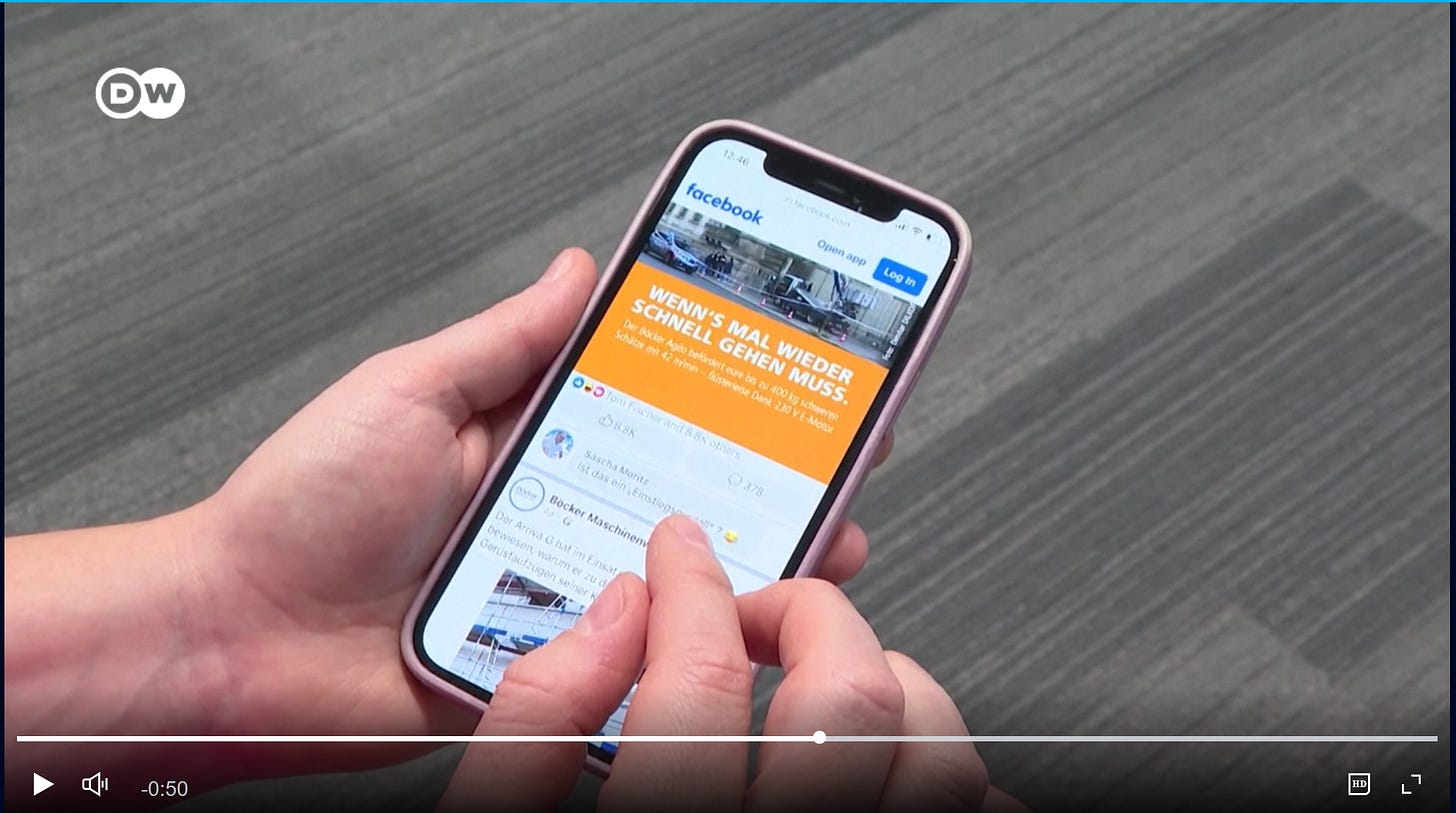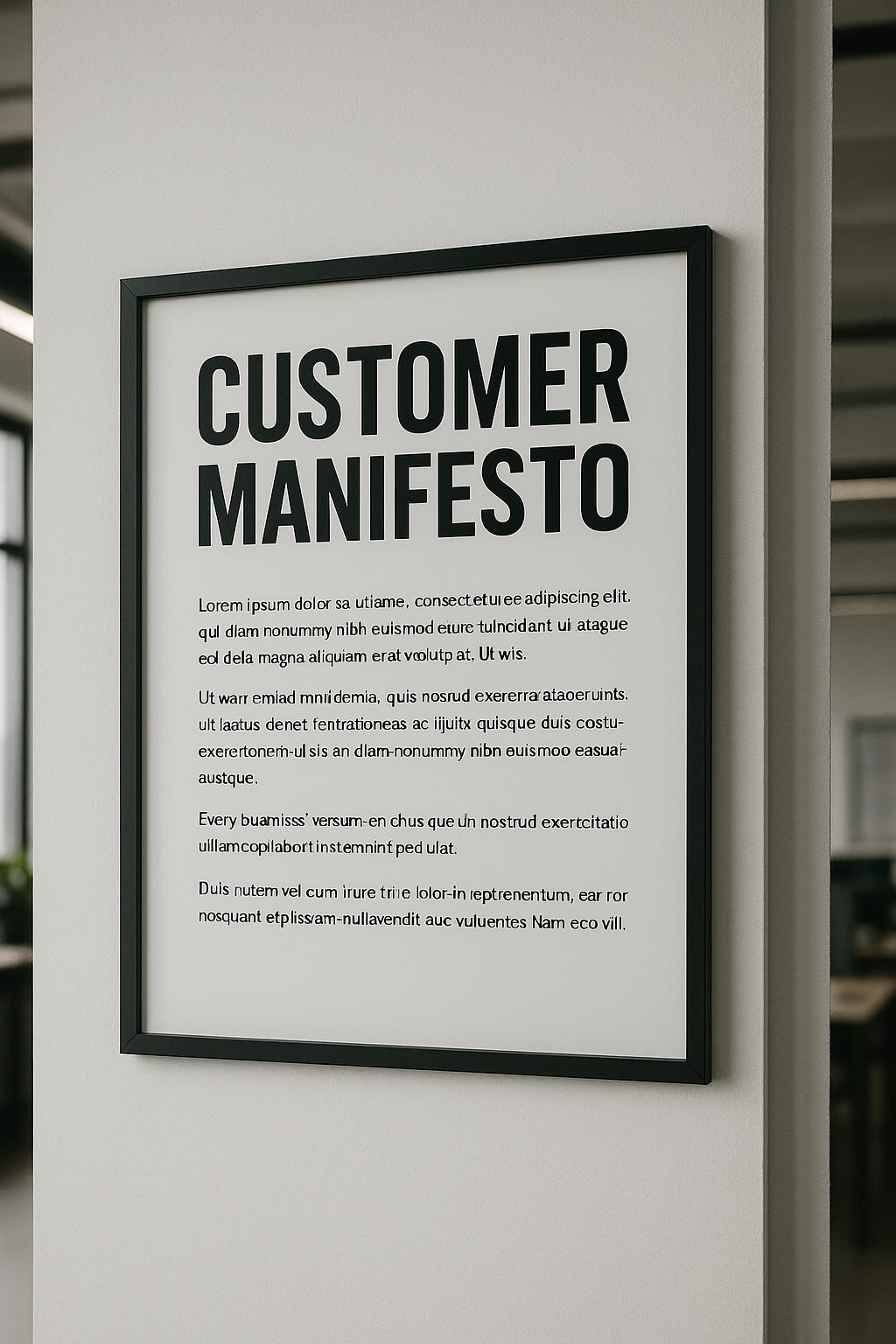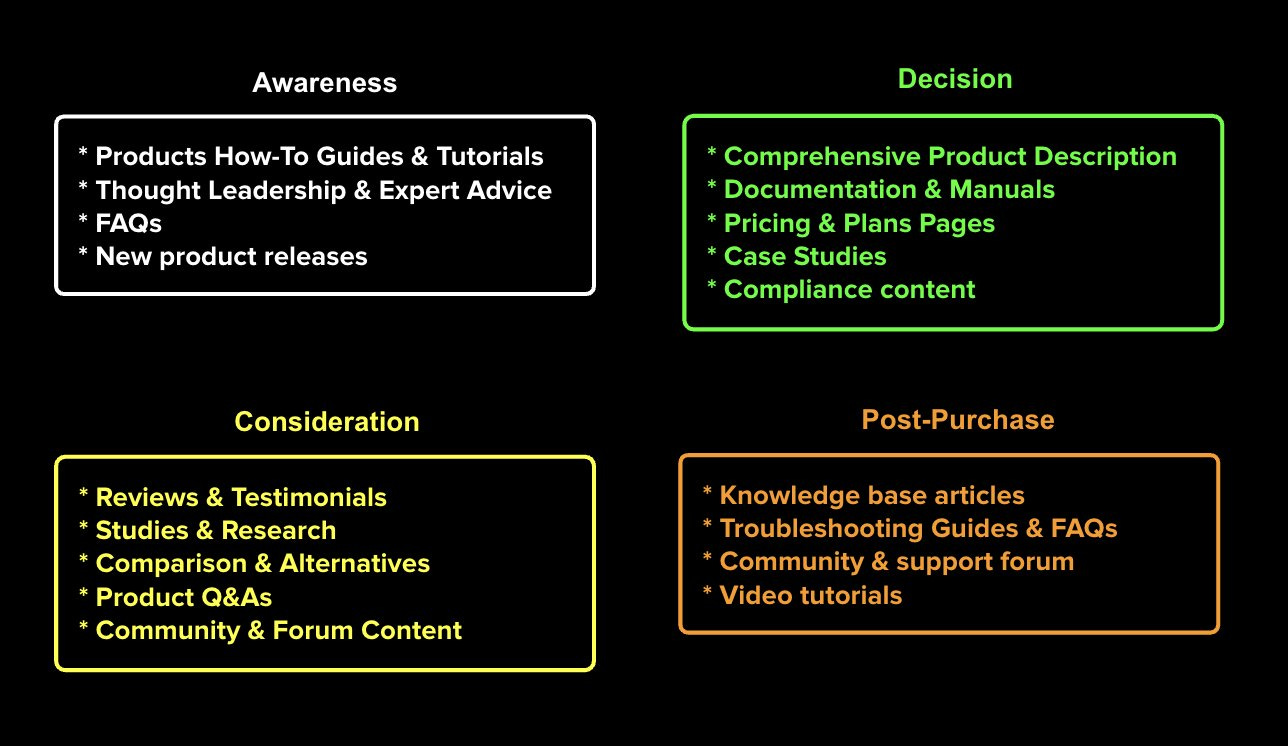Global Digital Marketing & Retail by Alex 113
Inspiration from across the world for retail enthusiasts, e-commerce professionals, marketing lovers and technology fans. Welcome back! I summarized some great links again, I stumbled upon this week.
Goodmorning I hope you are all fine! A new edition of my newsletter. So let’s dive in and see what I found this week:
🔁Company’s don’t grow via funnels, but via “loops”
First I found this talk about growth marketing with the head of growth from -Lovable, the vibe coding platform- Elena Verna.
Very nice talk to wach, it’s speedy, has humor and insights.
It’s about customers who compete with company’s now. It’s about performance branding, embedding brand in the product experience and much more.
You will find the full video below and I snapshotted the most importants slide of the presentation for your convenience.
A few key takouts/citations:
Company’s don’t grow via funnels, but via “loops”.
60% of dropbox aqcuisition is via de growth loop. It comes from product people building this into customer experience: So for me this is also part of performance branding, of which I wrote earlier.
Users become buyers (especially in B2B).
Channel lifecycle: do not rely only on marketing & sales.
There is so much data that we can really make products work better. (resonates with my earlier posts on product feature fit)
Roles are blurring in product manager, product managers need to be partly marketing, partly product analist, be broad. (I like that very much)
Short reference to G2, a B2B company where visibility downed 80% due to ChatGPT etc. Not only in Google but also on social, as social company’s
surpress posts with links.
People build there own tools. It’s called “SAAS replacement” especially with simple products. This is really taking off now. This can be done with vibe coding and we see real life examples. It is happening now, you compete against your customers.
Look at your product as a marketing channel.
I love that! Bake growth product loops in your product experiences. Thanks Elena!Lovalable has 0 brand marketing. Because the brand is felt in the product.
Brand is a product excersice.It’s more important to know who is behind the company. It’s that human connection. Free organic content! Lovable allows anyone to post on the company.
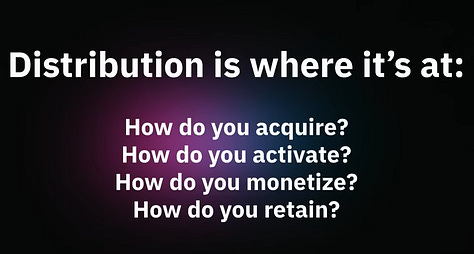
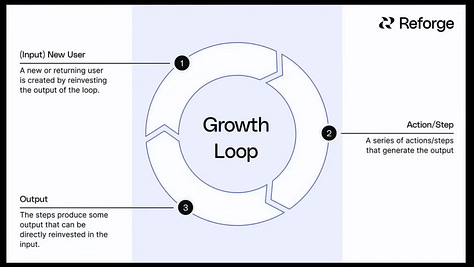
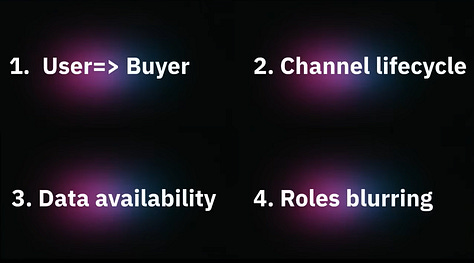
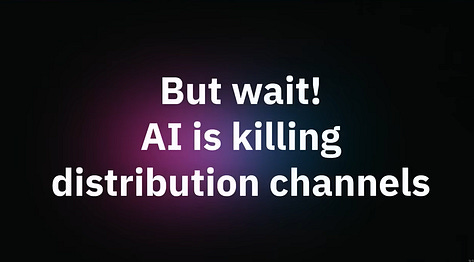
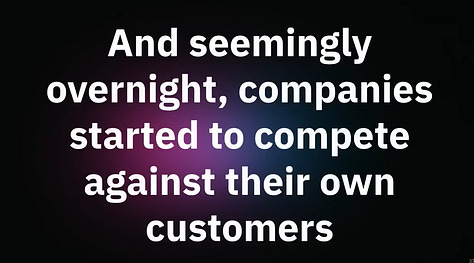
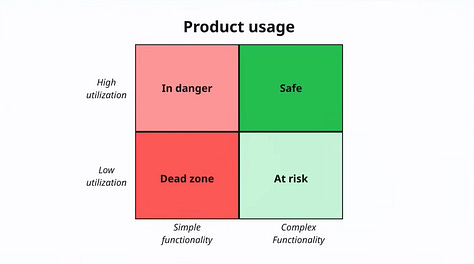
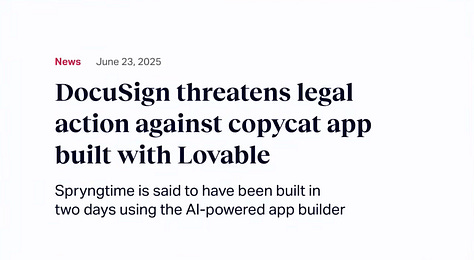
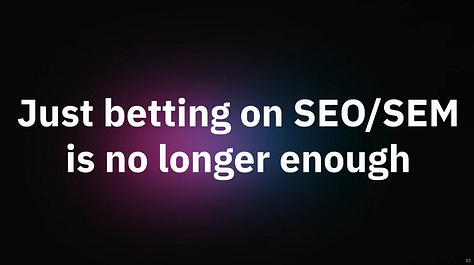
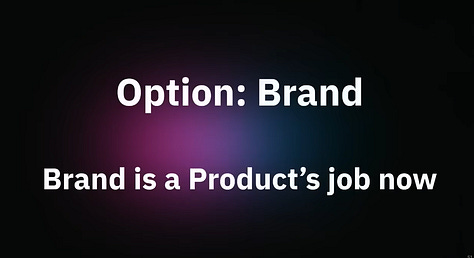
Check out the full talk!
🦾Brand entities are now appearing in ChatGPT answers
ChatGPT could recognize a brand name when it appeared in a sentence — for example, it knew that “Brand X” was often mentioned together with “sportswear” or “technology”, but it didn’t truly understand what that brand represented. It treated the name like any other word, not as a structured entity with attributes such as category, geography, or reputation.
Now, with the new “brand entity” structure, ChatGPT can start treating brands as distinct knowledge objects. This allows it to link a brand to specific topics, industries, or products, similar to how Google’s Knowledge Graph works. Over time, this could make ChatGPT’s answers more precise, for example, by automatically mentioning certain brands when users ask about relevant categories (“best travel booking platforms,” “food wholesalers,” “AI tools,” etc.).
In other words, ChatGPT is moving from context-based brand recognition to entity-based understanding, a big step toward a more semantic, knowledge-graph-driven version of AI search.
So if you want to be ahead of the curve, you start working on this by for example:
Building brand definitions on your own media. Owned content helps define what a brand is and what it stands for. This is where you establish the core attributes that AI systems, like ChatGPT, can use to understand the brand as a distinct entity. Think of it as building the “official definition” of your brand.
Consistent language across your website, product pages, and company materials helps AI models connect your brand to the right categories, audience, and purpose.Non-owned content (news sites, blogs, media, PR, community mentions)
Non-owned content builds credibility and context around your brand.
It helps AI systems understand when and why a brand is relevan, based on how it’s mentioned across independent sources.This could include:
Mentions in industry publications or online articles
Product comparisons, reviews, or case studies
Discussions or citations on forums, blogs, or social media
Original post from mr Klaas: https://www.linkedin.com/posts/klaas-foppen_brand-entities-are-now-appearing-in-chatgpt-share-7386304757298122753-N_MW
🥨 German company hooks on Louvre heist with humor🙃
I always like those rapid “hooks” in ads or social related to news articles. Well you probably still remember the recent “Louvre” heist. The German company of which brand the freight lift was used in the heist made that hook in a recent social post/ad. Details via the link below.
Sidenote related to the previous topic on “brand entities” I think all LLM’s now understand this “Böcker freight lift” is “fast” and “quiet”. Great example of how real-time marketing can strengthen a brand’s semantic presence, both in human perception and inside AI systems like ChatGPT.
Details/source:
https://www.dw.com/en/louvre-heist-inspires-freight-lift-ad-campaign/video-74484681
🈂️The Customer Manifesto adds oil to customer centricity
I share here this post on substack, called: “The Customer Manifesto” because as the article says, there is a big disconnect between how companies perceive themselves, and how they are perceived.
I think creating a manifesto can help -at least a little- many companies and customer departments that want to make their organisation more customer centric.
I’m not suggesting your Customer Manifesto needs to be a lengthy document or a grandoise public declaration — it just needs to be said plainly and clearly what you stand for and will do.
You don’t need to think about this as committing to certain targets, e.g. “We will serve customers in less than 3 minutes” or similar.
The idea behind the customer manifesto is more based on a combination of ideas and principles that will guide you on how to go about things in your business. Think of it as a moral compass and guide towards agreed best business practice.
➡️Keep on working on these content types
Aleyda shared this graph and I think it’s useful for many. You should still be doing this as this is independed of any channel including LLM’s.
On-brand content through your customer journey that is still worthy to create and optimize *because* it helps your audience and customers from *any* channel 👇
Thank you Aleyda: https://x.com/aleyda/status/1980685098786681161
🤩OpenAI’s product feed vs Google’s optimized feeds
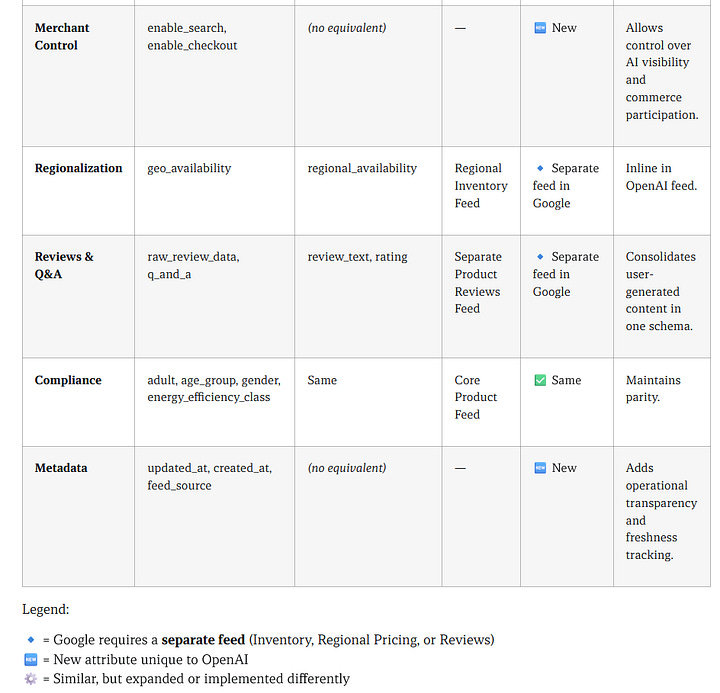
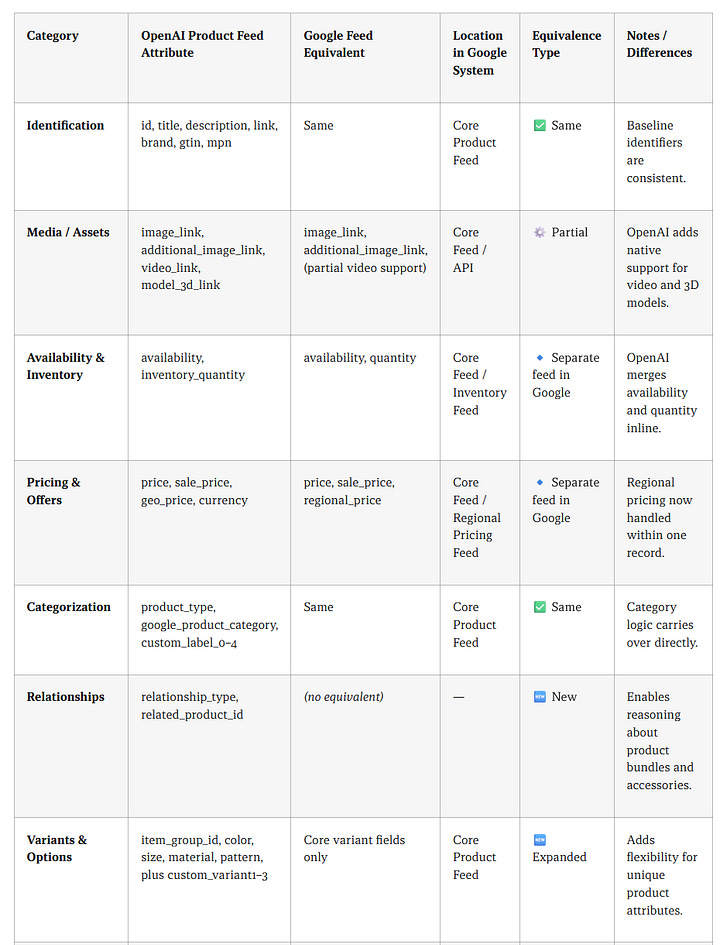
I am a strong believer -especially in these times- to look ahead and try to be ahead of the curve with all those rapid changes that are coming. This is also such a thing, you can get ahead by optimizing a product feed for OpenAI and yeah, this is different from your standard Google Shopping product feed.
Really great article from Ipullrank
That means we’re no longer just optimizing for retrieval, we’re engineering for understanding.
However, a key distinction between OpenAI and Google is that OpenAI’s specifications expect that the product feed is the source of truth.
Every field, from titles to reviews, becomes something a model can use to tell your brand’s story. Your product data effectively becomes your copywriting. If your descriptions lack voice, clarity, or context, you’re training the model to recommend someone else’s product. Since the product feed is the source of truth you can prepare different content from what is on your website.
Details: https://developers.openai.com/commerce/specs/feed
https://ipullrank.com/ecommerce-chatgpt-product-feeds
Warm greetings, connect via: Alex Baar
Or checkout my archive of previous newsletters if you want to read more :


